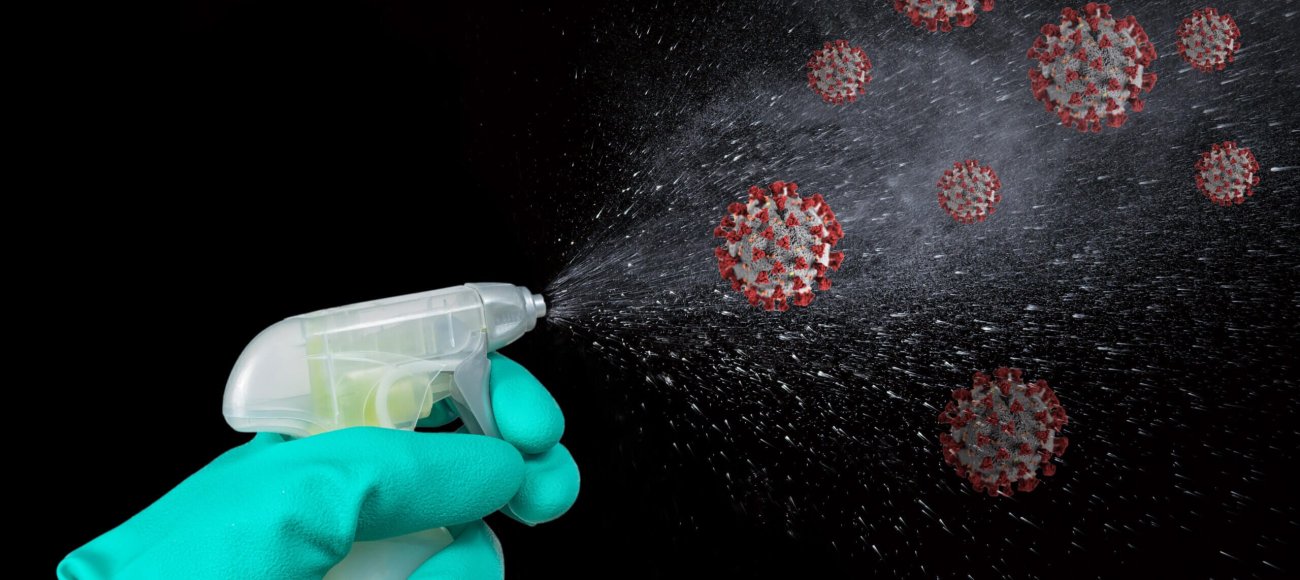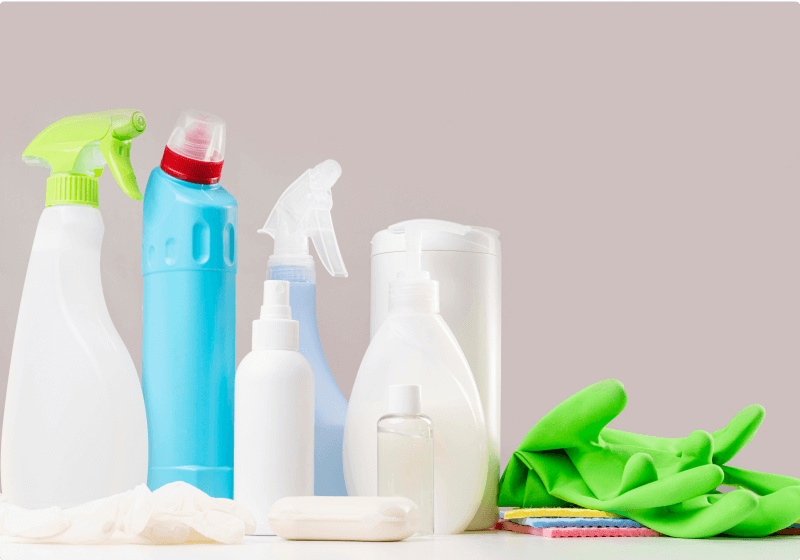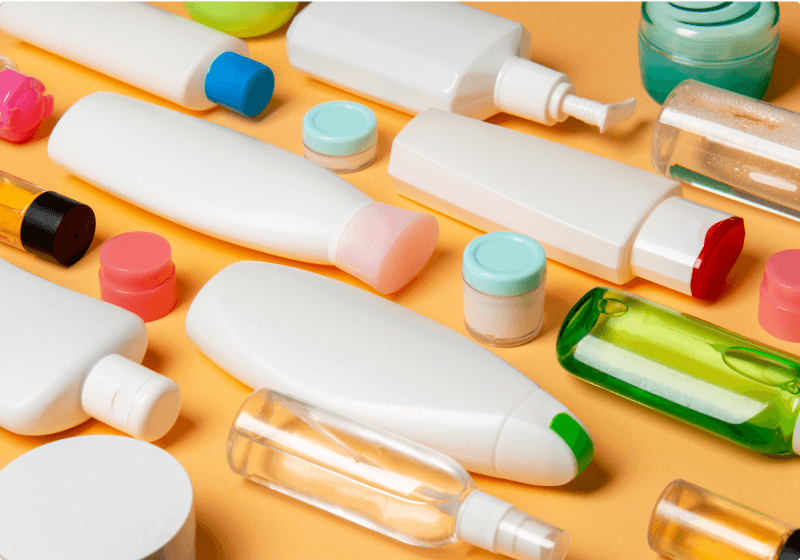Infection control is an important aspect in public environments particularly medical settings where the risk of transmission of infectious agents is very high. EN 14476 is one of the standards developed by the European Committee of Standardization to assess the virucidal efficacy of disinfectant products. This article gives a brief introduction to EN 14476 and its importance in infection control.
EN 14476 Standard
Scope and application
EN 14476 is applicable to disinfectant products such as hand hygiene products, instrument disinfectants, surface disinfectants and textile disinfectants. This standard is particularly applicable to disinfectant products used in medical settings including hospitals, dental clinics, nursing homes, and community medical centers where the risk of spread of infections is very high. It is also applied to products used in environments like schools, kindergartens and workplaces where the control of infection is highly important.
Test methodology
EN 14476 standard is a quantitative suspension test that is used to determine the virucidal activity of disinfectants. The test method involves exposing a suspension of viruses to the disinfectant product under defined conditions and measuring the reduction in virus infectivity. The standard specifies the mandatory test organisms, test conditions to be maintained including contact times and temperature during the testing process along with the interfering substances used to simulate real-world conditions.
Passing criteria
A disinfectant product must show a log reduction of at least 4 (99.99% reduction) in virus titre to be considered as effective.
Detailed test procedure of EN 14476
Test organisms and interfering substances
The test viruses mandated by EN 14476 include both enveloped viruses such as Vaccinia virus and non-enveloped viruses such as Poliovirus, Murine norovirus, and Adenovirus. These viruses are chosen due to their relevance to human health and their resistance to conventional methods of disinfection.
Interfering substances are added to simulate practical use conditions. These include the use of proteins, blood, and other organic materials that might be commonly found on surfaces or instruments. These substances might affect the performance of the disinfectant product hence their inclusion in the test ensures that the products are evaluated under practical conditions
Test Procedure
- A suspension of the test virus is prepared and mixed with the disinfectant product and an interfering substance.
- This mixture is then incubated at a specified temperature for a defined contact time.
- After incubation, the mixture is diluted to stop the action of the disinfectant.
- Finally, the residual live virus titer is determined using cell culture techniques.
- The effectiveness of the disinfectant is determined by comparing the virus titre before and after exposure to the product.
- The product must lead to a 4-log reduction in the virus titer to be considered effective.
Cytotoxicity and validation
Differentiating the virucidal activity of the disinfectant from the cytotoxicity effects of the disinfectant on the cells can be a challenge while testing. EN 14476 provides guidelines to assess the cytotoxicity effects of the disinfectant product to overcome this challenge. Testing for the cytotoxicity of disinfectants ensures that the reduction in virus titre is due to the virucidal activity of the disinfectant and not its cytotoxic effects on the cells.
The role of EN 14476 standard in infection control
Ensures efficacy of disinfectants
EN 14476 standard helps manufacturers demonstrate the efficacy of their products and gives healthcare providers confidence in the products they use.
Improves public health
EN 14476 standard helps ensure that disinfectants are capable of reducing the risk of viral transmission, thereby protecting patients, healthcare workers, and the wider community.
Regulatory compliance
EN 14476 compliance is a requirement for disinfectant products that are used in medical settings. It ensures that the products used for infection control meet the required standards of efficacy and safety.
Future developments
Updates in the testing methods
EN 14476 standards are updated on a periodic basis. Future updates may include new test organisms, improved test methods and ways to measure virucidal activity. Manufacturers must follow up with these updates to ensure that their products are in compliance with regulatory requirements.
Broader applications
EN 14476 guidelines can be modified to fit other industries such as the food industry, hospitality, and public transportation sectors.
At Microbial Investigations Switzerland (MIS), we understand the critical importance of infection control and the need for reliable disinfectant efficacy. Trust our expertise and state-of-the-art facilities to validate your products as per EN 14476 standard. Ensure your disinfectants meet the highest virucidal activity requirements with our comprehensive testing and validation services. Partner with MIS to safeguard public health and maintain the highest standards of hygiene and safety. Contact us today to learn more about our specialized microbial testing services and how we can support your infection control efforts.














